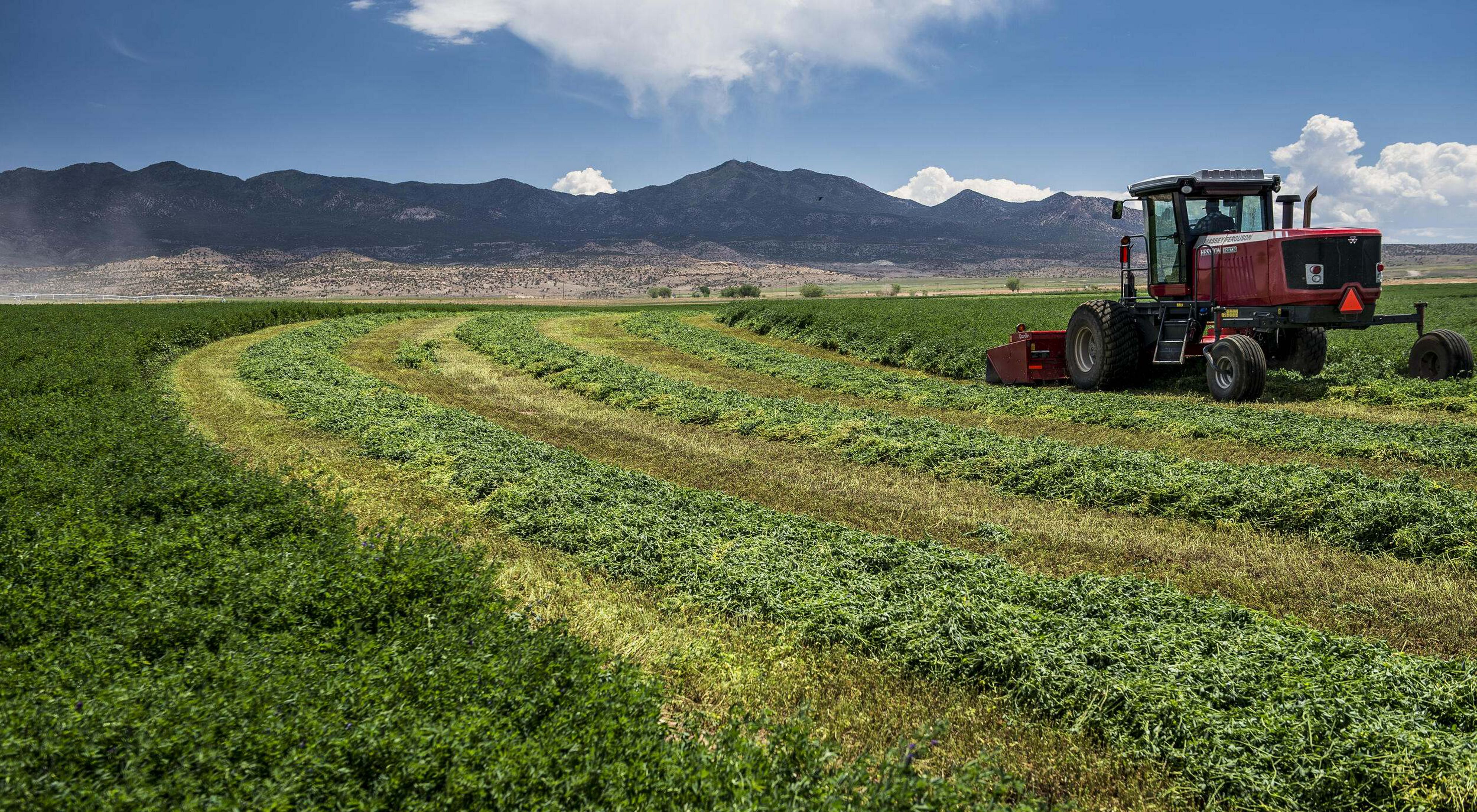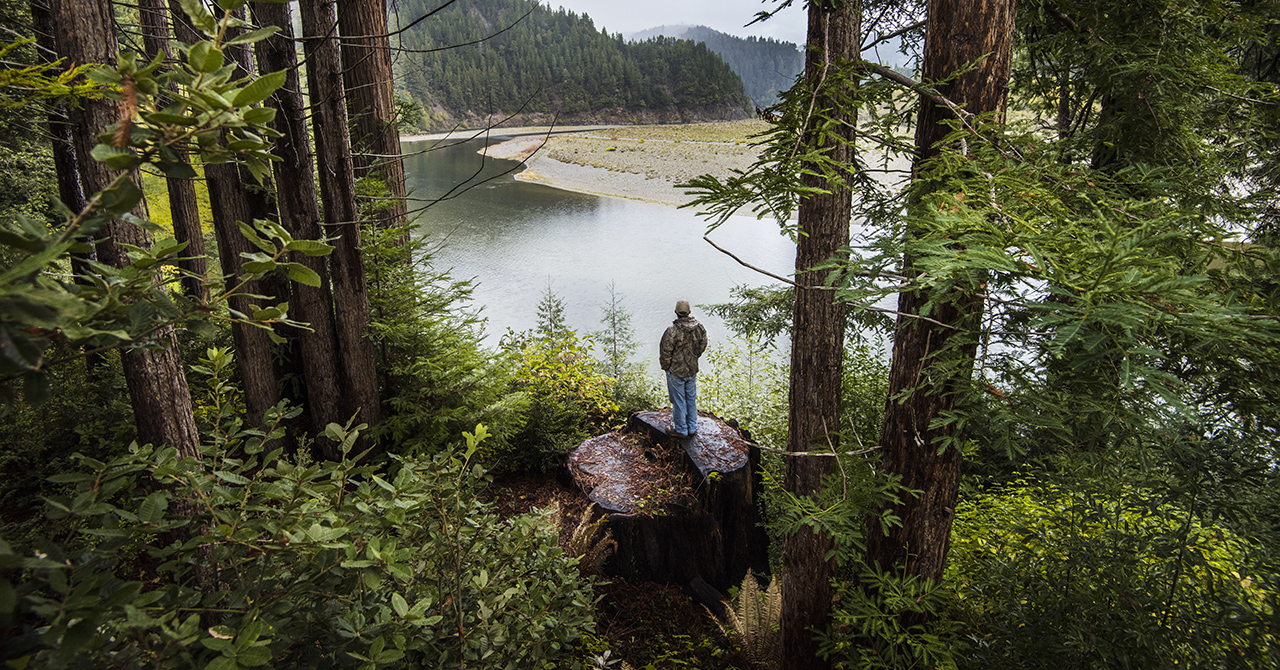
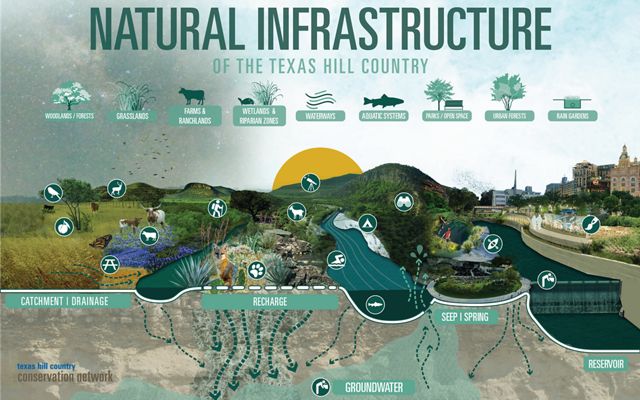
This graphic is entitled Natural Infrastructure of the Texas Hill Country. It contains numerous categories including woodlands and forests, grasslands, farms and ranchlands, wetlands and riparian zones, waterways, aquatic systems, parks and open space, urban forests, and rain gardens. It contains an illustration that features catchment and drainage, recharge, seep and spring, reservoir, and groundwater.
Benefits
Greenprinting helps maximize effective investments in natural infrastructure by integrating nature’s values and benefits with community values.
-
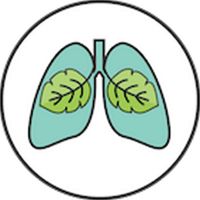
Healthy Communities
A healthy community is one in which all residents have access to a quality education, safe and healthy homes, adequate employment, transportation, physical activity, and nutrition, in addition to quality health care.
-

Biodiversity and Habitat
Biodiversity is the variety of all living things and their interactions. Habitat refers to the range of different habitats in an ecosystem. An area can have a lot of wildlife, but if they are not from different species, the biodiversity is low.
-

Environmental Justice and Equity
Environmental justice is the fair treatment and meaningful involvement of all people regardless of race, color, national origin, or income. Equity refers to fairness and justice.
-

Community Engagement
Collaborative work with and through groups of people, affiliated by geographic proximity, special interest, or similar situations to address issues affecting the well-being of their community. Early engagement is key to a successful greenprint.
-

Building with Nature
“Building with Nature” is the practice of utilizing natural landscape features and/or nature-based solutions to provide ecological processes as infrastructure, to lessen the impacts of extreme weather, such as drought or flooding.
-

Climate Resilience
Climate resilience is about successfully coping with and managing the impacts of climate change while preventing those impacts from growing worse. A greenprint helps identify overlapping and complementary benefits of landscapes and ecosystems.
-

Agriculture
Agriculture encompasses crop and livestock production, aquaculture, fisheries and forestry for food and non-food products. A greenprint measures land use, climate, soil type, and irrigation to support agriculture and ranching.
-

Water Quality
Clean water is essential for healthy communities. A greenprint shows where natural habitat provides filtration benefits for surface runoff or where natural habitat buffers against contamination of groundwater aquifers.
-
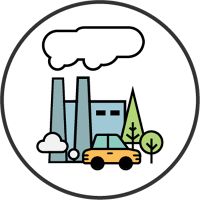
Air Quality
Vegetation helps filter pollutants and clean our air, supporting the health of communities. A greenprint calculates the roll grasses, shrubs, and trees play in cleaning the air by removing particulate matter and nitrogen dioxide (N02).
-

Outdoor Recreation
Access to nature is key to everyone’s health and wellbeing. A greenprint measures trail miles, accessible parklands, and other aspects of outdoor accessible parklands, and other aspects of outdoor access.
-

Urban Greening
Public landscaping and urban forestry projects create mutual benefits for people and the environment. Greenprints show how urban greening can support human health, water and wildlife resources by investing in nature in our built environments.
-

Public Policy
Public policy refers to the body of laws and other measures that affect the general public. Examples include informing the public about making healthy choices, such as what they eat, physical activity, and consequences about smoking.
Benefits of having a greenprint for your community
By centering the importance of natural infrastructure, increasing access to data, engaging communities, and building partnerships, greenprints help identify strategies for achieving multiple benefits.
-
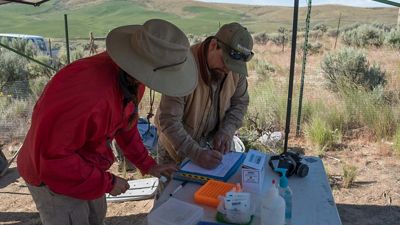
Data and Support Access
Access to cross-sector data and support for interpretation and implementation.
-
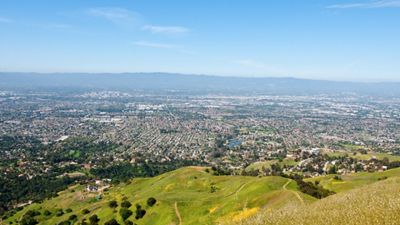
Multidisciplinary Analysis
Multidisciplinary analysis brings together land use planning, conservation, public health and other sectors, revealing funding and implementation opportunities.
-
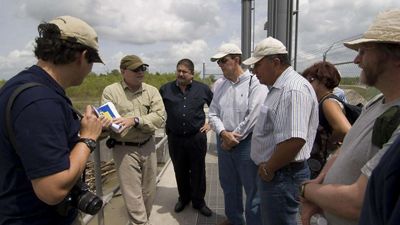
Diverse Partner Engagement
A forum to engage with diverse partners. Beyond those engaged in traditional conservation planning approaches.
-

Maximize resources
A way to identify projects that maximize resources for multiple-benefit conservation and natural infrastructure investments.
